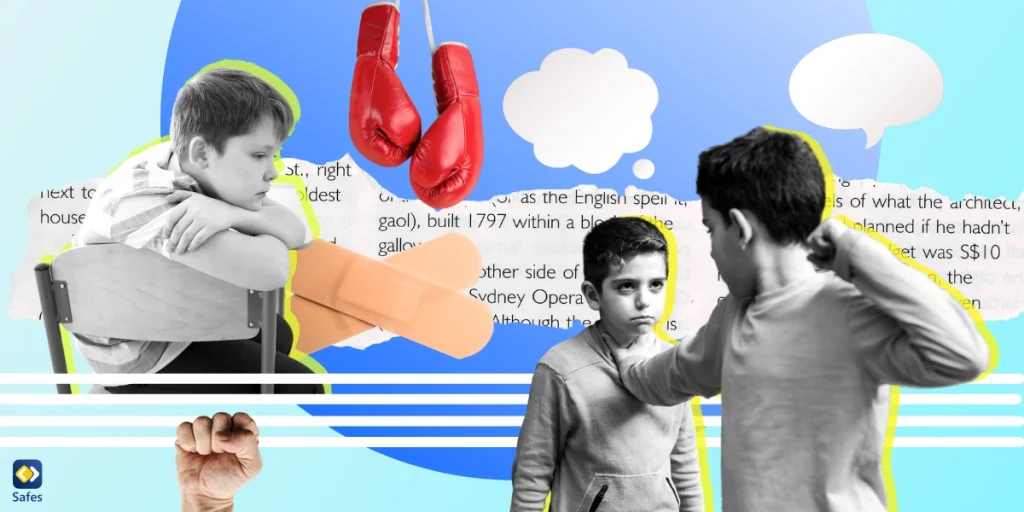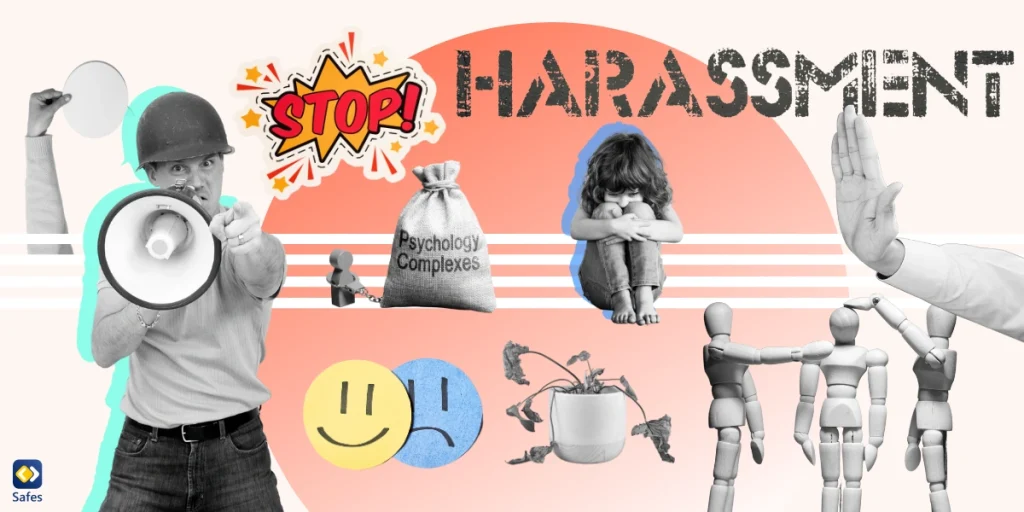As a parent, discovering unauthorized charges on your credit card can be both frustrating and concerning, especially when the culprit turns out to be your child. It’s a parent’s nightmare to have to say “My child used my credit card without permission.” This scenario is increasingly common with the widespread availability of in-app purchases, online games, and subscription services that allow transactions with just a few clicks. Understanding why this happens, how to handle it, and what preventive measures to take can help parents navigate this tricky situation effectively.
Download and Start Your Free Trial of the Safes Parental Control App
Why Do Children Use Parents’ Credit Cards Without Permission?
Here are a few reasons as to why a child might use their parent’s credit card without permission:
Lack of Understanding of Financial Consequences
Many children, especially younger ones, may not fully grasp the concept of money or the implications of using a credit card. For them, clicking “buy now” might seem as inconsequential as choosing an item in a game. This lack of understanding often leads to unintentional misuse, particularly when apps and games make purchases seem effortless and detached from real-world finances.
Targeted Marketing and Impulse Purchases
Many apps and online games are designed to entice users into spending money through attractive visuals, limited-time offers, and easy payment methods. Children are particularly susceptible to these tactics, as they might not recognize them as marketing ploys. This susceptibility can drive impulsive spending, leading to unexpected charges on your credit card.
Accessibility and Convenience
When a child has access to a device linked to a parent’s credit card, making purchases becomes incredibly easy. Platforms like app stores or gaming consoles often save payment information for convenience, reducing the barriers to unauthorized spending. Without parental controls in place, this convenience can lead to accidental or deliberate misuse.
3 Immediate Steps to Take If Your Child Uses Your Credit Card
3 steps you need to take after finding out about a purchase your child has made with your credit card include:
1- Review the Charges and Identify the Source
The first step is to carefully review your credit card statement or app purchase history to identify the charges made by your child. Pinpointing the platform or service where the charges occurred is crucial for addressing the issue. This will help you understand whether it was a one-time mistake or part of a recurring pattern.
2- Contact the Merchant or Service Provider
Once you’ve identified the source of the charges, reach out to the merchant or service provider. Many companies, especially those offering digital goods or games, have policies in place to handle unauthorized purchases made by minors. Be prepared to explain the situation and provide relevant details to request a refund.
3- Talk to Your Child
Having an open and honest conversation with your child is essential. Explain why their actions were problematic and how they impacted your family’s finances. This discussion should be age-appropriate and aimed at teaching your child about financial responsibility. It’s also an opportunity to set clear rules about online purchases moving forward.

Legal and Financial Implications
Understanding the legal and financial implications of a child using your credit card is crucial. What’s done is done but there’s still some damage control you can manage to do.
Understanding Liability
In many cases, parents are held responsible for unauthorized purchases made by their children, as the child likely had some form of access to the credit card. However, some banks and merchants offer dispute processes for accidental charges, particularly when they involve minors.
Disputing the Charges
If the merchant is unwilling to issue a refund, consider disputing the charges with your credit card issuer. Many credit card companies have consumer protection policies for fraud or unauthorized use, though success isn’t guaranteed if the charges were made by someone in your household.
Legal Consequences
While rare, repeated incidents or high-value purchases might lead to legal complications. Some platforms may have terms of service that hold parents accountable for their children’s actions. Being proactive about resolving the issue can help avoid potential disputes or penalties.
Purchases Made with a Debit Card
If your child makes an unauthorized purchase with a debit card, the process for recovering funds can be more challenging compared to credit cards. Debit cards pull money directly from your bank account, and protections against fraud or unauthorized transactions may be less robust.
- Immediate Action: Contact your bank immediately to report the unauthorized transaction. Banks may investigate the claim and, if deemed fraudulent, reimburse the amount. However, success depends on the bank’s policies and the nature of the transaction.
- Merchant Policies: As with credit cards, reach out to the merchant or service provider. Many companies, particularly app stores or gaming platforms, have refund processes for unauthorized purchases made by minors. Provide details about the transaction and explain the circumstances to request a refund.
- Future Safeguards: To prevent further incidents, consider not linking debit cards to devices accessible by children. Instead, use alternative methods like prepaid cards. parent-controlled debit cards, or virtual wallets that limit spending.
Purchases Made on Apple Devices
Apple’s ecosystem offers several tools to manage and prevent a child/minor from making a purchase without permission on Apple devices:
- Requesting Refunds: Apple has a straightforward refund request process for accidental or unauthorized purchases. Navigate to Apple’s refund page and submit a request, explaining that the purchase was made by a minor without consent.
- Enabling Ask to Buy: Apple’s “Ask to Buy” feature under Family Sharing settings requires parental approval for any purchases initiated by children. This setting is particularly effective for minors under 18 and Apple IDs for kids.
- Disable Payment Information: To secure your Apple ID, you can remove payment information from the account or use iTunes gift cards instead. These options prevent accidental purchases while still allowing controlled access to content.
How to Prevent Future Incidents
A few ways to prevent future incidents such as this happening include:
Enable Parental Controls
Most platforms and devices offer parental control settings that allow you to restrict purchases, require approval for transactions, or disable payments entirely. There are also credit cards with parental controls. Enabling these features can significantly reduce the risk of unauthorized spending.
Educate Your Child About Money
Teaching your child about money management and the value of earning and spending wisely can prevent future misuse. Discuss the concept of financial literacy, youth banking products, digital purchases, how they work, and why they should always seek your permission before making a transaction.
Secure Your Payment Information
Ensure that credit card details are not stored on devices your child has access to. Use strong passwords and consider using biometric authentication or two-factor verification to secure your payment accounts.
Tools to Help Manage Child Spending
Some tools that you and your child can use to manage your child’s spending include:
Safes Family
Parental control apps like Safes Family can help you monitor and manage your child’s device usage, including their online spending habits. Safes Family allows parents to block specific apps, set limits on in-app purchases, and receive alerts for suspicious activity.
Prepaid Cards for Kids
Consider using prepaid debit cards designed for children, which allow them to spend only what’s loaded onto the card. These cards provide a controlled way for children to learn financial responsibility without risking unauthorized charges on your main credit card.
Budgeting Apps
There are also apps tailored to teach children about budgeting and money management. These tools can be a valuable educational resource to reinforce lessons about responsible spending.
Conclusion
Discovering unauthorized charges made by your child can be a wake-up call to take proactive steps in managing digital spending. By understanding the reasons behind such behavior, addressing the issue thoughtfully, and implementing preventive measures, parents can avoid future incidents and foster a better understanding of financial responsibility in their children. Safeguarding your credit card details, enabling parental controls, and having open discussions about money are critical steps to ensuring a secure and responsible online experience for the whole family.
Protect your finances and empower your parenting with Safes Family. Manage your child’s online spending, monitor app usage, and ensure a safer digital experience. Try Safes Family free today and take control of your child’s online activities!
Your Child’s Online Safety Starts Here
Every parent today needs a solution to manage screen time and keep their child safe online.
Without the right tools, digital risks and excessive screen time can impact children's well-being. Safes helps parents set healthy boundaries, monitor activity, and protect kids from online dangers—all with an easy-to-use app.
Take control of your child’s digital world. Learn more about Safes or download the app to start your free trial today!




